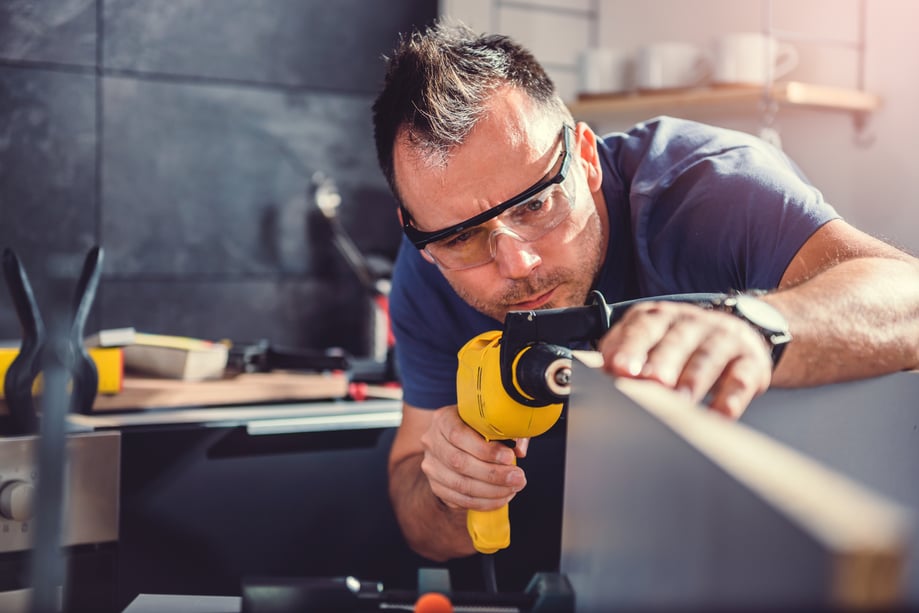
Avoiding Home Eye Hazards
Even though over half of all eye injuries happen at home, only 35 percent of Americans use protective eyewear while performing tasks that could injure the eye. This is unfortunate, because wearing the appropriate eye gear can reduce your risk of injury by 90 percent.During the spring and summer, we tend to embark on projects that carry a significant risk of eye injury, including deep cleaning, yard work and home improvements. The COVID-19 pandemic has left many of us at home, with plenty of spare time to tackle these big tasks. Since we should stay away from hospitals and doctor’s offices to reduce our risk of virus exposure, wearing protective eye gear is more important than ever. You may be surprised to learn which activities can harm your eyes, and how following a few simple guidelines can protect your vision.
Cleaning-Related Eye Injury Risks
Over 125,000 eye injuries each year are the result of using cleaning chemicals at home. Bleach, detergent and oven cleaner are just a few of the common substances that can hurt your eyes on contact. Be sure to read all warning labels and instructions for use before trying a new cleaning product. Wear chemical safety goggles when using hazardous chemicals to clean your home—regular eyeglasses don’t provide enough protection.
Eye and respiratory system injuries can also happen when two or more cleaning agents are combined—on purpose or accidentally. Make it a rule to never mix cleaning products together. The fumes created can hurt your eyes and lungs, even if you don’t splash any of the liquid on your face.
Yard Work Eye Hazards
Any type of lawn equipment is capable of creating debris that can injure your eyes. Keep your yard tools and machinery in good condition and repair or replace damaged items. Lawn mowers stir up dirt and grass clippings, and can also launch rocks or other projectiles surprisingly long distances. Before mowing the lawn, make sure you--and any helpers—don protective eyewear and pick up any sticks or rocks that might become projectiles.
Hedge trimmers and weed eaters can also launch debris into your eyes. Use caution when trimming shrubs and hedges and make sure you keep your safety goggles on for the duration of your work. If you need to apply fertilizer, pesticide or other chemicals to your lawn, switch to chemical goggles. These provide a more effective barrier between your eyes and any dust or fumes.
Home Improvement Tips for Eye Safety
As with yard tools, it’s important to keep your power tools or hand tools in top condition. Many home improvement injuries result from using dull or damaged tools instead of replacing them. When you are hammering nails or drilling screws into walls, keep your eyes protected—especially if you are drilling into brick or concrete. Using a belt sander or sandpaper can stir up enough sawdust to irritate your eyes, or even scratch your cornea.
Home improvement projects also introduce chemical exposure concerns, usually in the form of paint, paint thinner and other solvents. Use your chemical goggles when handling these materials, and as with cleaning products, avoid inhaling the fumes. Finally, be careful when tying down loads with bungee cords. They are a surprisingly common source of eye injuries due to the force behind them when they snap back.
Other Eye Injury Risks at Home
It’s impossible to make a list that includes every home setting where an eye injury could occur. However, there are additional steps you can take to keep your eyes safe at home:
- Place a grease shield atop frying pans to protect yourself from splattering hot oil.
- Use caution when removing lids from boiling pots or opening a hot oven (to avoid steam burns).
- Aim champagne bottles away from faces while opening, and wrap a towel around the top of the bottle to prevent the cork from flying out.
- Make sure all household rugs have non-slip backing, to prevent tripping and falling.
- Install adequate night lighting along stairways and hallways.
- Teach kids not to aim darts, balls or other toys at each other’s faces.
Because of the high risk of injuring your eyes at home, the American Academy of Ophthalmology recommends every household to have at least one pair of protective eyewear approved by the American National Standards Institute (ANSI). Ideally, every family member should have access to ANSI-approved eye gear when needed.
Recognizing an Eye Injury
Although certain kinds of eye injuries are immediately obvious, others cannot be detected without a doctor’s examination. Injuries that cause an increase in eye pressure, interocular bleeding or a detached retina may not show any symptoms until the problem becomes serious. That’s why it’s always best to have your eye doctor examine you as soon as possible after experiencing any of the accidents described above. See our Workplace Eye Safety blog post for more information on how to recognize an eye injury and which first aid steps to take.
Allied Eye is Here for You!
Even through the COVID-19 pandemic, Allied Eye is here to treat eye injuries and other eye emergencies. We also offer telemedicine services for less-urgent concerns. Note that we are taking every precaution possible to keep our patients and staff safe during this time. Please visit our COVID-19 page for updated information, including current hours of operation and how to set up a telemedicine meeting via Zoom.
Sources:
https://www.aao.org/eye-health/tips-prevention/safety-tips-home-eye-hazards
https://www.aao.org/eye-health/tips-prevention/injuries-in-home

